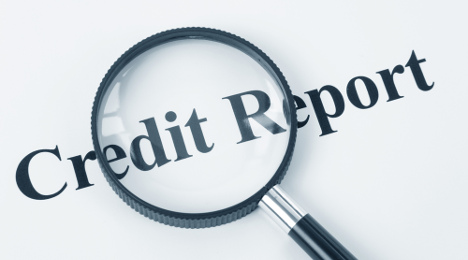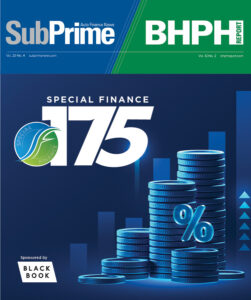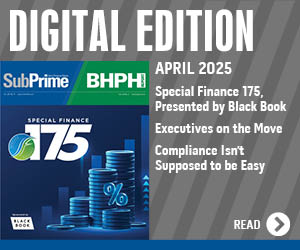Why lenders are struggling to secure new customers

A recent TransUnion survey found that three in four lenders said it is increasingly difficult to find and acquire new customers.
Meanwhile, nearly 75 percent of respondents acknowledged they are challenged by a continued low interest rate environment, which is spurring more competition for a pool of consumers who receive multiple credit offers.
Analysts explained the survey results are in line with TransUnion data that show there were more than 26 million additional auto, credit card and personal loan accounts in 2015 compared to 2014.
Yet, according to the Consumer Financial Protection Bureau, at least 45 million U.S. consumers are still not able to access credit because they either have no credit report or have insufficient credit histories.
“Competition for new borrowers has not been this fierce in the lending space since prior to the recession,” said Steve Chaouki, executive vice president and the head of TransUnion's financial services business unit.
“Our survey results and core performance data point to a new lending environment,” Chaouki continued. “Millions of previously unscorable consumers — now scorable by way of alternative data, which is not traditionally found on a credit file — could have access to new loans.
“Importantly, many of these borrowers are expected to be good risks and welcome additions into lender portfolios,” he went on to say.
TransUnion’s survey of 317 lenders, conducted by third-party research firm Versta Research, showed how alternative data may be leveraged to better assess risk and price offerings appropriate both for unbanked, unscored consumers and for traditionally prime borrowers.
According to TransUnion’s survey, which can be downloaded here, 87 percent of lenders say they decline some credit applicants because they cannot be scored. Yet 83 percent of those using alternative data to score credit applicants report seeing tangible benefits.
TransUnion noted that nearly two in three lenders (64 percent) say they have seen tangible benefits within the first year of using alternative data.
The survey also pointed out that three in four survey respondents said they expect alternative data will bring about positive economic changes.
Other key benefits derived from alternative data, according to survey respondents, include:
—66 percent of lenders using alternative data say it is helping them reach more creditworthy consumers in their current markets.
—56 percent of lenders using alternative data say the data has opened up new markets.
—87 percent of lenders using alternative data do so to evaluate thin-file or no-file consumers.
—67 percent use alternative data to evaluate non-prime borrowers.
Last October, TransUnion released CreditVision Link, a score that combines both trended credit bureau data and alternative data sources. TransUnion insisted CreditVision Link can enable finance companies to score up to 95 percent of the U.S. adult population.
The tool also can allow more than 60 million traditional “no-hits” and unscorable records to be scored.
“TransUnion is the first single source of scores with both trended credit and alternative data, and in just the last few months, we have seen immense interest from lenders in reaching consumers who may not have been traditional prospects,” said Mike Mondelli, TransUnion’s senior vice president of alternative data services.
CreditVision Link’s alternative databases include more than 3 billion non-traditional data records collected on more than 260 million adult Americans. The score’s alternative data assets include property, tax and deed records, checking/debit account and payday lending information, among other sources.
Whereas a traditional credit report offers a glimpse of a consumer at a snapshot in time, Mondelli explained trended data assets can leverage an expanded view of credit data with up to 30 months of historical information. These details include information on each loan account, including payment history, such as dollars paid, amount paid versus minimum due and the total amount borrowed over time.
“This is especially important because a traditional credit report may tell you a consumer has $5,000 in credit card debt, but one using trended data will show you whether they have built up or paid down that balance over time,” Mondelli added.

 View The Latest Edition
View The Latest Edition

